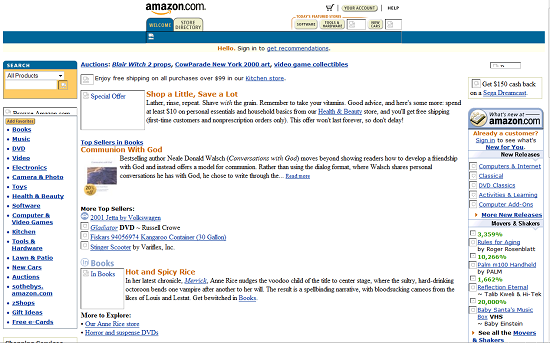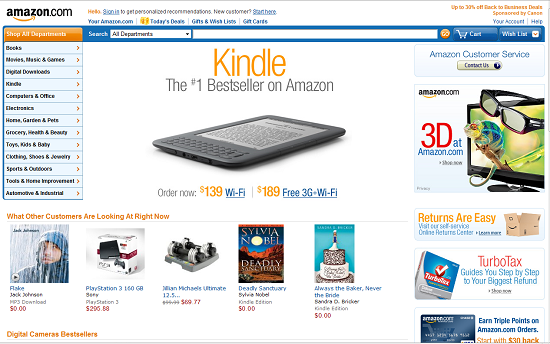Sometimes that is all it takes. Click and all the pieces fall into place. In our case that is usually what happens. We intentionally go after those “Click!” moments as that is when we know that we’ll be working with a new customer / partner.
Click happens when your internet marketing goals converge perfectly with your web site design. For each industry and even for each business the click is something unique that occurs when we connect what they want to accomplish (more customers, bigger customers, “stickier” customers, etc.) and the plan we have for designing their site come together just so.
While usually the “Click” seems to be an intuitive thing, there are steps you can follow to help you focus on what will click for your web site.
- Determine what sets your business apart from the competition. NOTE: Superior service is not what sets you apart. EVERYBODY says that. Consider niches or vertical markets that you work particularly well with.
- Ponder or brainstorm with others how you can leverage your unique selling proposition (what sets you apart) be highlighted or leveraged through your site. We recently did this with a tourism related site and came up with a unique trip planner that fits very nicely with their business goals. When we came up with the idea, we could almost hear the “Click” as everyone realized that happened.
- Look at what the competition is doing on their sites. Look especially at what they’re doing well and brainstorm how you can do it even better.
- Consider every area of what your business does. Too often all the attention is placed on customer acquisition when customer retention or customer engagement may be a better use of web resources. For example if your existing customers can log in and check the status of their account, that frees up more man power to be out acquiring new customers.
- Look at what your web site does now. Is it clear? More importantly, is it easy for visitors to take the next step (whatever that next step is)? Obfuscation in the name of design is a common mistake we see in web sites. It doesn’t matter how pretty your site is if it drives people away. Consider how you can streamline it – thinking about what steps or pages can be eliminated or combined.
While sometimes “Click” happens while working on one of these steps, as mentioned in step 2, it is more often considering all of these steps together when it happens.
If Click hasn’t happened on your site yet, take some time to work through these steps and see what happens.



 January 2011:
January 2011: